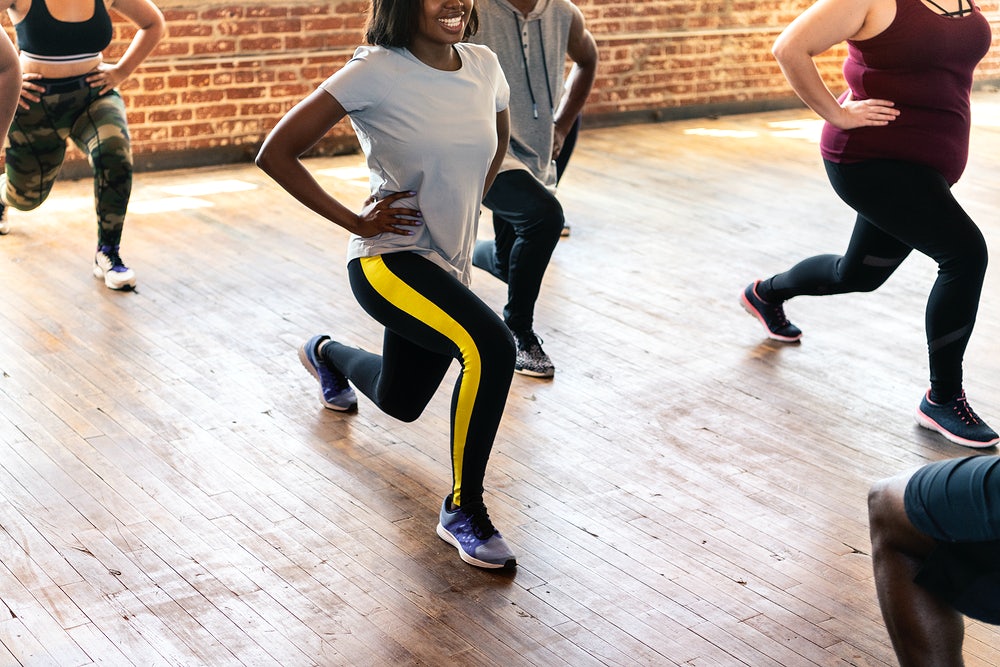
The Best Single-Leg Exercise You Are Not Doing
One of my very favorite leg exercises is the assisted Bulgarian split squat. Many use a rack but I find the placement of rings set in front of you a much better position!
Now, go ahead and laugh, and call me weak, whatever you might want to do. But wait until you read this to understand why this exercise is so effective!
It’s my understanding that it was Cal Dietz who took the Hatfield squat. He started applying it to a split squat and has done so for a number of years, particularly with hockey players. Thus the HSSS was born.
Now before I start, let me explain first by saying that the Bulgarian Split Squat is not for everyone. Hip anatomy, balance, coordination, and unilateral strength all have a key part in determining whether this exercise should be implemented. The setup makes a major difference in how it can be specialized for each client.
At the end of the day, it’s up to a good coach to determine whether the BSS is a good option for you. So now, let’s get into a variation that I am in love with!
The rack/strap assisted split squat is such a game-changer for athletes and those looking to break through plateaus, add serious muscle to their legs, and keep the stress off their low backs from heavy deadlifts and squats.
The setup can be tricky, so you need to make sure you have a qualified coach to make sure your back leg is at a good height and distance from your bar to allow for maximum effectiveness without risking injury! The depth and position of the back leg are crucial, so making sure you find the best setup for your body is key!
Many will argue that the setup really stresses the quads that are up on the box/bench. So if this happens to be you, it can be explained largely in part to having tight/overactive quads so get those babies loose!
When you look at Bulgarians, the exercise goes far beyond just sets/reps, unlike traditional lifts. It requires a lot of athleticism, concentration, and quality movement patterns to perform correctly. Many coaches program single-leg work for stability reasons, but athletes and consistent gym users adapt to stability work fairly quickly. So it becomes imperative to make strength gains with them as well.
Which is why this variation is key!
To quote Carl Valle:
“Asymmetrical forces recruit areas that help stabilize the joints instead of helping create propulsive forces. Increasing the stability of joints is a great thing, but if the joint needs to have propulsive forces at specific time frames, stability is not what you need. Stability is reducing unwanted motion, not providing the motion the athlete needs.”
Single-leg exercises often suffer as a result of the sheer energetic cost of getting set and staying stable.
So essentially what happens is that we tend to make single-leg exercises more intense and the stability aspect gets crappy, so to speak….so the assisted version helps that! Put simply, the RFESS just can’t be loaded heavily enough to get the most out of unilateral potential.
“This problem is solved by the use of the hands in the safety squat bar. When the ‘sticking point’ is reached, the hands can be used to help you through it. This unique feature allows you to work with heavier weights in the ranges of movement where you are strongest and gives you help when you are weakest. You are exerting closer to your maximum effort through the entire range of motion.”
Certainly use warm-up sets to find the best foot placement because under high loads, it can be risky as with any exercise. When using the handles, the athlete wants to focus on staying tall to reduce axial stress.
The best part about this exercise is it’s a pure advantage to overload eccentric stress! I find using straps to help the most with the concentric portion, and using slow tempos can add some serious gains to your posterior chain!
So if you are looking for a mix-up, try using this method! Carl was a genius in showing overload with his athletes, and I am a fan of anything that helps keep risk low with rewards HIGH!
Get after it and try out the assisted split squat today!
For more tips and workouts, follow me at @mjo_oaf.



